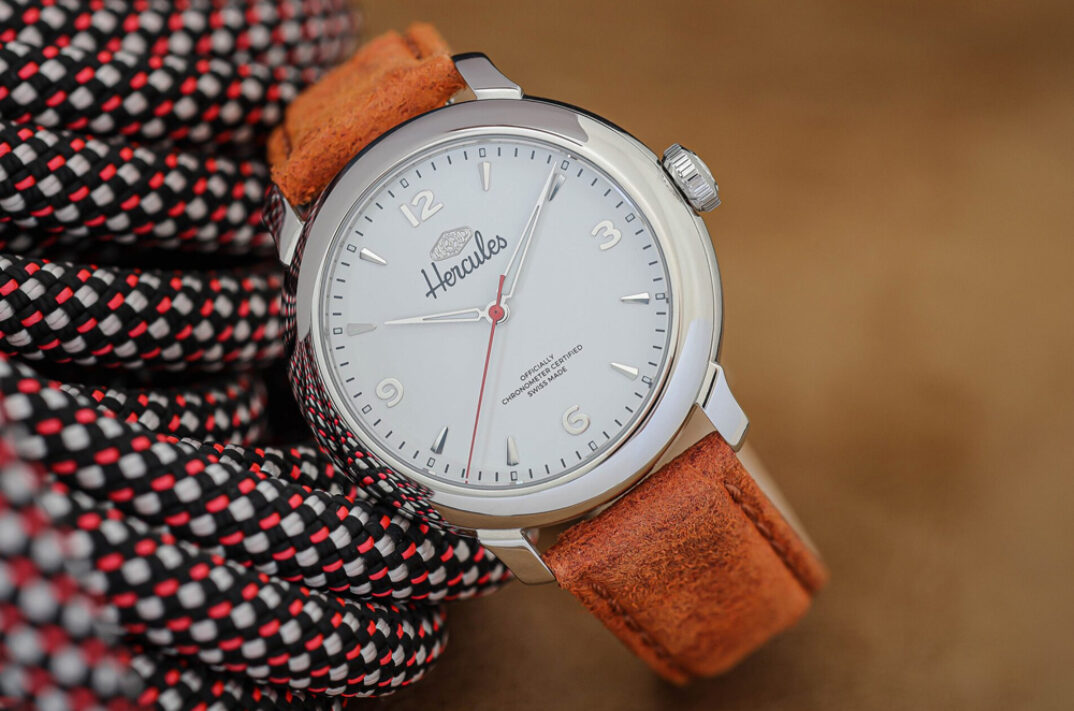
Standing 8,126m (26,660ft) at its tip, Nanga Parbat, the westernmost peak of the Himalayas, is the ninth-tallest mountain in the world, and arguably one of the deadliest. Following its discovery in the late 19th century, the peak, dubbed “Killer Mountain,” had already claimed 31 lives by the time Austrian mountaineer Hermann Buhl became the first man to successfully reach the top in 1953. The feat was impressive to say the least (even inspiring the Bruce Greenwood-led film The Climb from 1986), making Buhl’s inaugural ascent of the eight-thousander the only in history to be accomplished solo.
On his wrist was a timepiece by a brand that had only been around for 7 years at the time. The Hercules watch, from German watchmakers Robert Henzi and Robert Pfaff (collectively Henzi & Pfaff), survived Buhl’s climb in its entirety, leading to a marketing campaign that catered to adventurers and mountain men who needed a timekeeper that could stand up to the harshest conditions on Earth. Hercules eventually became a casualty of the quartz crisis a few decades later, but today the company has reemerged with a pair of debut watches.
Both the H1 and H2 are heavily influenced by Buhl’s watch from 1953, with the same Arabic cardinal index placements, sword hands for the hours and minutes, a long seconds hand, and white dials. While the dial on the H1 is untextured, the H2 sports a textured “snow dial.” Both pieces feature a red seconds hand that honors those lives lost to the Nanga Parbat. But even more impressive than the vintage-style dial is what’s behind it. The watch runs on an impressive, unique-to-the-brand automatic movement with 70 hours of power reserve and a micro-rotor to better display the bridges, which you will definitely want to see as they are engraved with a topo map of Nanga Parbat. You can even see that map at night thanks to the lines being filled with Super-LumiNova.
This spectacular debut is now available on Hercules’ website, with the H1 selling for €4,995 (~$5,087) and the H2 for €5,395 (~$5,494).











